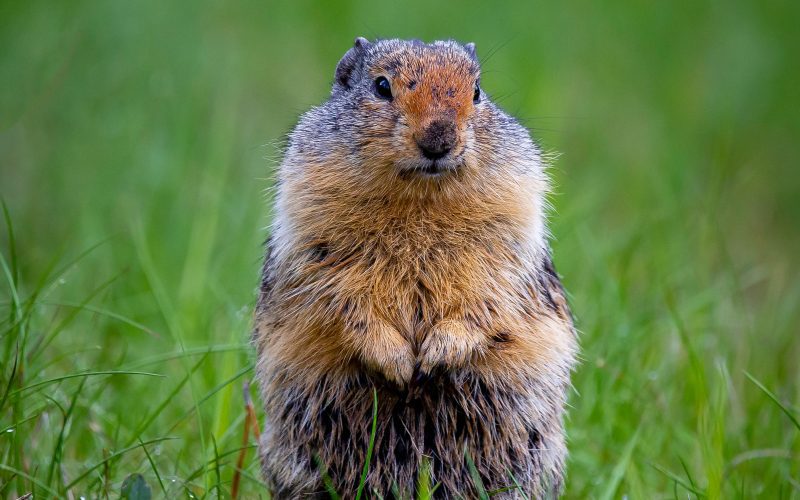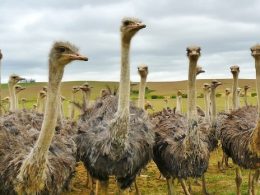Beavers are fascinating creatures that have long been admired for their unique abilities to build dams and create wetland ecosystems. These industrious rodents are found throughout North America and Europe, and they play a crucial role in maintaining healthy ecosystems. In this comprehensive blog article, we will explore the fascinating world of the beaver, from their physical characteristics to their role in the environment.
Physical Characteristics of Beavers
Beavers are large rodents, with adults typically weighing between 35 and 70 pounds. They have thick, brown fur that helps keep them warm in cold water, as well as webbed hind feet that enable them to swim quickly and efficiently. Beavers also have powerful jaws and sharp teeth that they use to gnaw through trees and other vegetation, which they then use to build their dams and lodges.
One of the most distinctive features of beavers is their large, flat tails, which they use as rudders while swimming and as tools for slapping the water to warn other beavers of danger. Beavers also have waterproof fur, which helps them stay dry while spending long periods of time in the water.
Habitat and Behavior
Beavers are found in a variety of aquatic habitats, including rivers, streams, and ponds. They are primarily nocturnal, and spend much of their time building and maintaining their dams and lodges. Beavers are social animals that live in family groups consisting of a mated pair and their offspring from the previous two years.
Beavers are best known for their dam-building abilities, which they use to create wetland ecosystems that benefit a wide variety of other species. By building dams, beavers can raise the water level in a stream or river, creating a pond or wetland habitat that is ideal for many aquatic and semi-aquatic plants and animals. The dams also help to filter and clean the water, reducing sediment and pollution downstream.
Environmental Impact
Beavers have a significant impact on their environment, and their dam-building activities can sometimes come into conflict with human land use. However, many ecologists recognize the important role that beavers play in creating and maintaining wetland habitats, and there has been a growing movement to restore beaver populations in areas where they have been eliminated.
In addition to their dam-building abilities, beavers also help to create habitat for other species by felling trees and creating open areas that can be used by birds and other animals. Beavers are also an important food source for predators such as bears and coyotes.
Conclusion
The world of the beaver is a fascinating one, full of unique adaptations and ecological significance. These industrious rodents play a vital role in creating and maintaining wetland ecosystems, and their impact on the environment is still being studied and understood. While they can sometimes come into conflict with human land use, efforts to restore beaver populations are gaining momentum, as people recognize the important role that these creatures play in the natural world.











